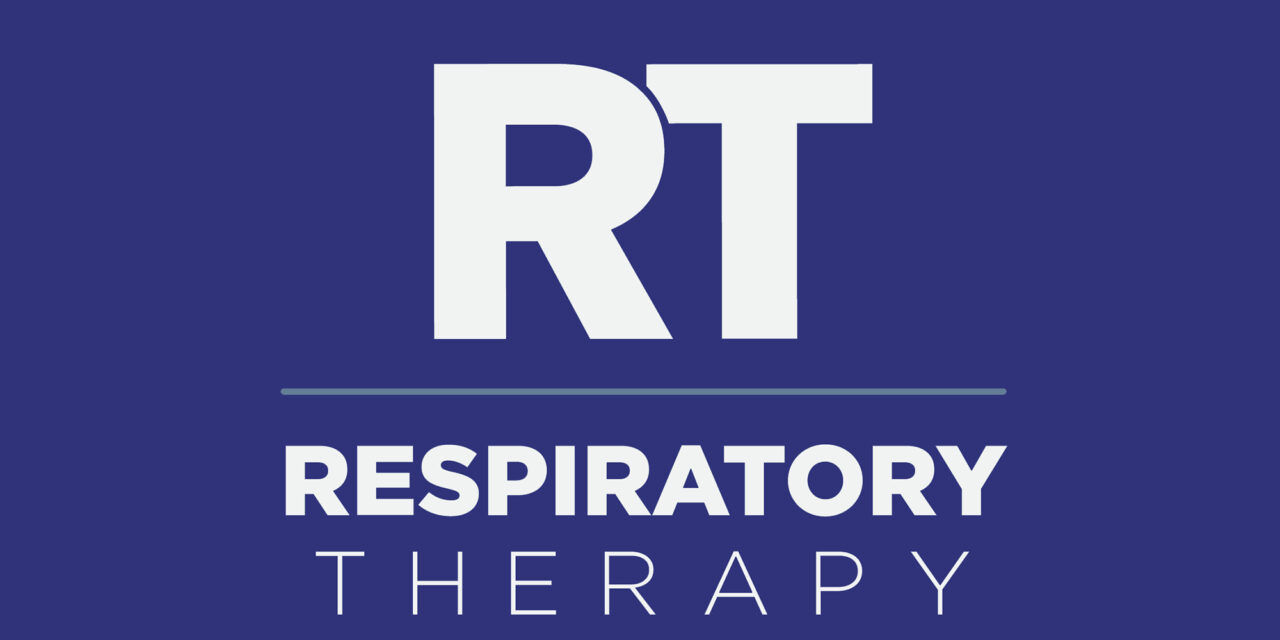Sluggish compensations and shifting demographics are among findings in RT’s 2004 Respiratory Therapy Salary Survey.
By Anne Welsbacher
Thank you to the almost 9% of RT readers who responded to our second annual salary survey, a very high response rate, even for RT magazine’s traditionally active readership. Questions virtually matched last year’s benchmark survey so that comparisons and trends could be noted.
Responses did not vary markedly from the Respiratory Therapy Salary Survey 2003; trends that did appear are sober reflections of the still-sluggish economy.
“A telling sign of the times is the more than 10% reduction in the number of respondents who received a raise” in the previous year of their employment, says Gary Hospodar, MAOM, RRT-NPS, COO, Southwest Healthcare Consultants, Placitas, NM, and a member of the RT editorial advisory board. (The percentage of people last year who received raises within a year was 39.9%; the percentage this year was 26.2%.) Salaries also shifted down somewhat, with a slightly larger percentage reporting in the range of $30,000-$39,000.
Herb Owrey, RRT, RPFT, RN, BS, assistant director of respiratory care services, Jackson-Madison County General Hospital, Jackson, Tenn, notes a skew in survey respondents toward more experienced and higher-paid practitioners—the largest population of respondents reported 16-plus years of experience. This means that salaries for the respiratory work force as a whole probably are even lower than the survey’s numbers indicate.
“For pay to go up,” Owrey says, “the profession needs to get away from 1-year programs and into 2- and 4-year programs. At our facility, we have tried to build a career ladder. Once RTs show competencies, we pay them more, but after a certain amount of time, we tell them, ‘You have to be registered.’ But the program has had limited success. People are so desperate for therapists that they will bump initial pay, paying registered and registry-eligible therapists the same amount.”
Health insurance, in keeping with the cloudy environment nationally, also has fallen significantly for 2004 respondents over those surveyed in 2003. Practitioners also reported a 5.5% decrease in tax shelter opportunities. But one silver lining is an apparent but slight increase in extra pay for working night and weekend shifts.
Our work force is aging slightly and is increasingly female, although the split is still roughly even, with 51.4% women this year (as compared with 45.6% last year) and a drop from 52% men in 2003 to 48.6% men in 2004.
Again, Owrey notes that because the majority of respondents were older, their answers suggest a closer gender split than probably exists in the younger work force today. “When I was in school, in 1984, the male-female ratio was about 50-50,” Owrey, who also teaches, says. So people his age responding to the survey will reflect that ratio. “But in my classes today,” he continues, “about two out of 12 students in the classroom are men. In my department, fewer than a third of the respiratory therapists are men.”
Education is a key issue today and looking forward, notes Hospodar. “Decreasing school enrollment and program closures are not meeting the supply and demand contingent of the profession,” he says. “Our Baby Boom work force continues to age, and this, coupled with the current school enrollment dilemma, will have an impact on the profession today and over the next 5 to 10 years.”
Despite some glum findings, the survey once again reflects an indomitable enthusiasm for the work. The respiratory practitioners who would recommend their profession to others represented an even larger majority this year than last—87.8% over 2003’s 85.7%.
|
Survey was based on these questions. 1. Which credentials do you have? 2. What is your major job responsibility? 3. How many years of experience do you have? 4. In which setting do you work? 5. What is your weekly patient volume? 6. Please identify your shift. 6a. What type of shift do you work? 7. Are you represented by a bargaining unit? 8. What is your annual salary? 9. Do you receive extra pay for working the night shift? 10. Are you paid extra for weekends? 11. What benefits do you receive? 12. Do you receive major medical benefits? 13. How much was your last annual pay increase? 14. When did you receive your most recent raise? 15. How many full time equivalent positions are in your department? 15a. How many full time equivalent positions in your department are currently open? 16. In which state do you work? 17. What is the setting of your work area? 18. What is your gender? 19. What is your age? 20. Would you recommend your profession 21. To what health care professional |
RT
Anne Welsbacher is the former editor of RT. For more information, contact [email protected].










